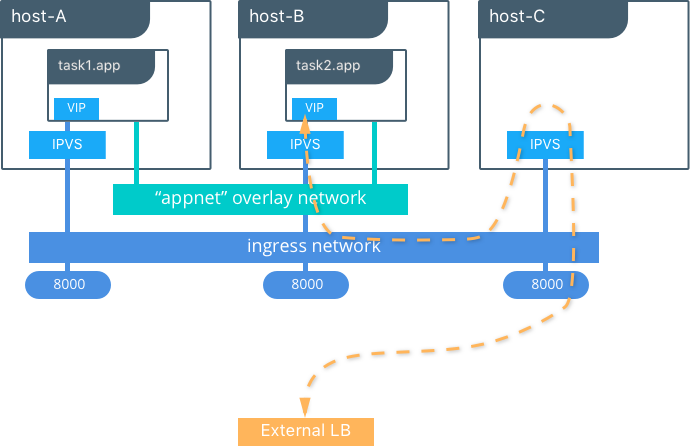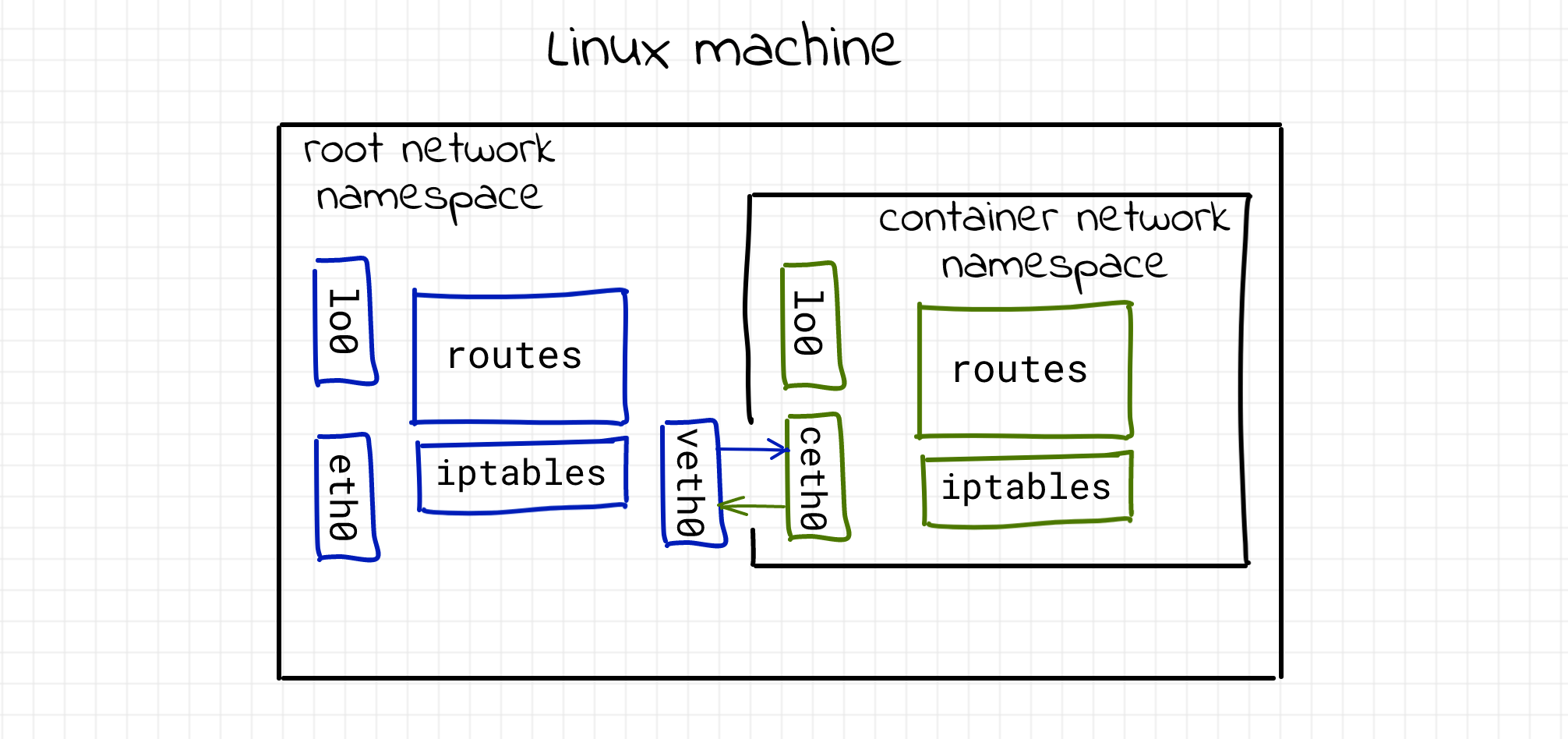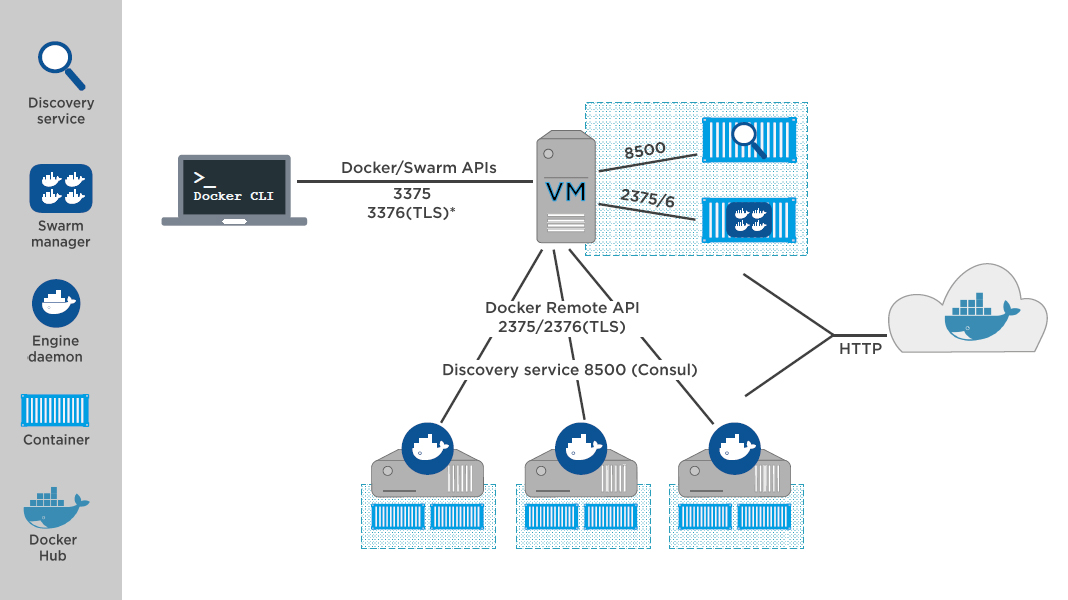
Now that the container is running and mapped to a port on a host interface you can test connectivity to the NGINX web server. This port mapping is what effectively makes the containers web service accessible from external sources (via the Docker hosts IP address on port 8080). Take note of the command the container is running as well as the port mapping - 0.0.0.0:8080->80/tcp maps port 8080 on all host interfaces to port 80 inside the web1 container. The top line shows the new web1 container running NGINX. docker infoĬONTAINER ID IMAGE COMMAND CREATED STATUS PORTS NAMESĤe0da45b0f16 nginx "nginx -g 'daemon. Run the docker info command and locate the list of network plugins.

The docker info command shows a lot of interesting information about a Docker installation. Do not confuse this with the “bridge” driver.

In the example above we are showing the configuration details for the network called “bridge”. NOTE: The syntax of the docker network inspect command is docker network inspect, where can be either network name or network ID. The content of the hostconfig.json file is a json format configuration file, which is more troublesome to operate in the terminal use the cat command to print the file content and copy the content to the json conversion tool. use the cat command to print the contents of the configuration file: hostconfig.jsonĭocker-desktop:/var/lib/docker/containers/5e9df9e91ffcb03d693360b4582d194e9661515095d209f7d579e5800e947513# cat hostconfig.json Two configuration files need to be modified to map the port through the configuration file: hostconfig.json and config.v2.jsonĪ. Enter the container folder that needs to be modified according to the container id If the interactive window cannot enter the interactive window or the window is garbled, you can operate it after restarting the docker service.ģ. ➜ 64-linux screen ttyĪfter executing the screen tty command, you may see a blank window, and then press Enter, you will see the interaction. ~/Library/Containers//Data/64-linux/ ➜ ~ cd ~/Library/Containers//Data/64-linux/
#DOCKER NETWORK HOST FOR MAC#
Go to the docker directory and use the screen command to enter the virtual machine window.īecause, I use Docker for Mac Application, it appears that the containers are stored within the VM located at: The port mapping to the existing container can also be realized by modifying the configuration file.įor example, we map a new port to the container named: ubuntu-lnmpġ. Similarly, you can open a browser on the mac host to access the container service. Create a new container from the image Ubuntu LNMP and map the port ➜ ~ docker run -i -t -h lnmp -name ubuntu-lnmp -p 9092:80 081b2232c327 /bin/bashĦ. Create a new image from a container’s changes ➜ ~ docker commit e50b532a5017 ubuntu-lnmp Stop container ➜ ~ docker stop e50b532a5017ģ. Now let’s perform port mapping on existing containers and mac hosts.Ģ. The container named u-lnmp did not perform port mapping with the mac host when it was created.
#DOCKER NETWORK HOST HOW TO#
So How to do port mapping for existing containers? OK, here we have done the port mapping for the Mac host and the new container. Finally, open the safer browser on the MAC host and enter:


#DOCKER NETWORK HOST INSTALL#
Install nginx on the docker container and start service. ➜ ~ docker run -i -t -h nginx -name webserver -p 9091:80 ccc6e87d482b /bin/bashģ. Run a new docker container and map the port.


 0 kommentar(er)
0 kommentar(er)
